Pina Colada Leche Flan – Caramel Custard with Coconut and Pineapple
As an Amazon Associate and member of other affiliate programs, I earn from qualifying purchases.
Every time we have a family gathering, a party or celebrate a special occasion, Filipinos serve Leche Flan as the centerpiece of the dessert table, vying for competition with a celebratory cake or the fruit salad.
I have written before about the origins of Leche Flan in the Philippines which dates back to the 16th century. The rich custard dessert topped with an even sweeter golden caramel syrup is one of the most appealing desserts in Filipino cuisine which is quite versatile – you can make it anywhere in the world because the ingredients are easy to find.
Today, I went a step further and added coconut milk and sweet pineapple, thus making it a “Pina Colada” flan minus the rum. But let me take you back to the coconut I know from my childhood.
I have said before that coconut trees lined the back of our family home when I was growing up in the Philippines. It was such an ordinary thing to have coconuts in our backyard that I took it for granted then. If mom needed fresh coconut for cooking, and that was often, all she needed to do was ask. It was not unusual for me to hear the distinct “plop” from the sound of falling coconuts on the ground on a daily basis.
Coconut production has played an important role in the agricultural landscape of the Philippines. The Food and Agricultural Organization of the United Nations declared the Philippines as one of the largest producers of coconut in the world.
“If there is a singular cooking ingredient that binds the cuisine of the Philippine provinces, it is the coconut. The coconut tree, called “the tree of life” can be found growing wild along highways or cultivated in vast haciendas,” according to Guillermo Ramos, Philippine chef, book designer, author.
As for pineapples, the tropical climate in the Philippines has been ideal for large plantations. Today, the Philippines is one of the largest growers of pineapples in the world and are an important produce in Mindanao, a southern island. Corporate giants like Del Monte and Dole dominate the huge pineapple plantations in those parts. Pineapple as an ingredient is often found in Filipino dishes and desserts because of the abundance of the fruit.
Cooking with coconut has always been a basic for Filipino food. I learned to cook main dishes with coconut from my mother, aunts and cousins. The traditional way to extract milk from fresh coconut is a longer process. My own sons who grew up in America never saw the way we did it when I was a child.
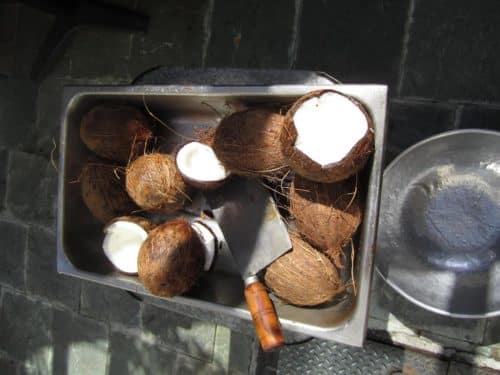
My familiarity with the use of coconut in cooking made me adventurous enough to add another dimension to the standard favorite Flan. I did not have the luxury of coconut trees growing in my American backyard on the east coast, so I used canned coconut milk and added it to the thick custard of eggs and condensed milk.
The results were marvelous. The flan was silky-smooth in texture. The custard flavor was richer and more intense with the coconut. And of course, the fresh pineapple chunks, pan-fried in the leftover caramel syrup elegantly graced the top of the flan
While we were enjoying the last few slices of flan the other day, a smoldering hot summer day on the east coast, I scooped some vanilla ice cream into large parfait glasses. Then I added velvety slices of the flan with pineapple chunks on the mounds of ice cream. I served these to my family and the whole concoction was simply sublime. It was also gone in seconds.
These photos below were from a cooking class on “Cooking with Banana Leaves and Coconut” at Purple Yam Restaurant in Brooklyn, NY a while back. Photos show Chef Perry Mamaril grating coconut meat and extracting the coconut milk the natural, old fashioned way it is done in the Philippines. This was how my mom used to extract coconut cream and coconut milk for daily cooking back in the days of my childhood.
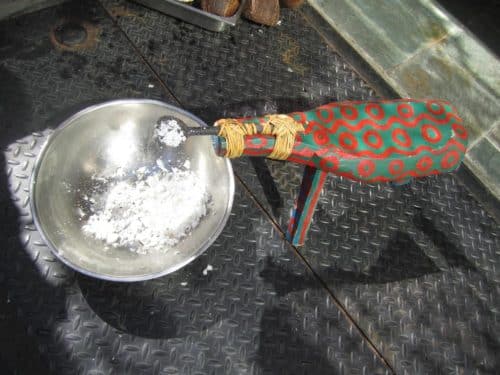
The grated coconut meat above is then put through a sieve and water is poured over it, while the tendrils are squeezed hard to get a first extraction (coconut cream), then a second and third extraction for the coconut milk. This was and still is the Filipino old fashioned, natural way to get coconut milk for cooking.
Pina Colada Leche Flan - Caramel Custard with Pineapple
Ingredients
- 3/4 cup granulated sugar for caramel topping
- 8 egg yolks
- 1 can (14 oz) condensed milk
- 1 can (13.5 oz) coconut milk 13.5 oz coconut milk
- 1 teaspoon organic vanilla extract
- 1/2 cup pineapple cubes fresh or canned, drain liquid
- for serving: vanilla ice cream
Instructions
- Cook the caramel topping: Using a medium sized heavy stock pot. Add the sugar to the stockpot. Place the pot over medium heat. Keep a close watch over the sugar. It will take about 5 minutes for the sugar to start to bubble at the edges, gradually turning amber colored all over. Tilt the pan around to level off the caramel syrup. Work quickly and pour the caramel syrup in a prepared loaf pan measuring 9 x 5 inches (or use a round 9-inch in diameter cake pan). Let the caramel in the loaf pan cool down while you prepare the custard.
- To make the custard: In a large mixing bowl, whisk the egg yolks for one minute. Then add the condensed milk, the coconut milk and the vanilla extract. Mix and blend well with a wire whisk or a large wooden spoon. Do not over mix or bubbles will form and that affects the smooth texture of the flan after it is cooked.
- Using a sieve or strainer, pour the custard mixture into the loaf pan lined with caramel. It is important to use a sieve so you have a smooth textured flan. Cover the entire pan with foil and seal the edges all around.
- In a preheated oven of 325 F degrees, place a large deep baking pan (larger than the loaf pan). Add enough water to fill up the large baking pan halfway full. Place the foil covered loaf pan with the custard and caramel in the center of the larger baking pan. This is called a water bath or ‘bain marie’ or else ‘bano maria’ way of cooking. This method is preferred if cooking with a caramel topping and a custard like this one.
- Bake in the 325 F degree oven for 55 minutes. Test the custard if it is done by inserting a thin knife in the center. If knife comes clean, it is done.
- Remove the flan from the oven and cool on the counter for an hour. Then refrigerate for at least 6 hours or overnight.
- To serve : Run a sharp knife around the sides of the flan to loosen up. Prepare a large rectangle sized platter (larger than the flan) and put it over the flan container. Hold the bottom of the flan container firmly with one hand. Hold the bottom of the platter well with the other hand. Turn over the flan on the platter. The syrup will run and flow around the custard. Slice in thin slivers to serve (each thin slice is packed with thousands of rich calories, so go easy).
- Prepare the pineapple topping: in a small skillet add two tablespoons of the leftover caramel that falls on the side of the flan after it has been turned. Over medium heat, brown the pineapple cubes in the caramel syrup for about two minutes. Then place the pineapple cubes on the top of the Pina Colada flan just before serving.
- Serving suggestions: slice some Pina Colada flan and add it as a topping to a few scoops of vanilla ice cream.
- COOK'S COMMENTS: As an alternative cooking method, you can steam the foil-covered flan on a steamer over medium heat and boiling water for 55 minutes.
- Storage: Keep this Pina Colada flan refrigerated at all times till ready to serve.
- Photography credits: Thanks to Cristina Newhard for the coconut photos taken at Purple Yam NYC in Brooklyn, NY.
- Hello, Friends! All the images and content on this blog are COPYRIGHT PROTECTED and owned by my media company Besa-Quirino LLC. This means BY LAW you are NOT allowed to copy, scrape, lift, frame, plagiarize or use my photos and recipe content I wrote, on your website, blogs, videos, books, and media content without my permission. If you want to republish this recipe or content on another website or news article, please ASK my permission, re-write it in your own words and simply link back to this blog to give proper attribution. It’s the legal thing to do. Thank you. Email me at [email protected]
Nutrition
Notes on Nutrition: The nutrition information provided is an estimate and will vary based on cooking methods and specific brands of ingredients used.
Did you like this recipe? I have more classic recipes inspired by my late mother’s cooking in my popular cookbook: My Mother’s Philippine Recipes. If you’re learning how to cook Filipino food or a fan of Philippine cuisine, buy my cookbooks and books on Amazon.com sold worldwide in paperback and Kindle format.
Hello, Friends! Please DO NOT LIFT OR PLAGIARIZE my original recipe, stories, photos or videos. All the images and content on this blog are COPYRIGHT PROTECTED and owned by my media company Besa-Quirino LLC. This means BY LAW you are NOT allowed to copy, scrape, lift, frame, plagiarize or use my photos, essays, stories and recipe content on your websites, books, films, television shows, videos, without my permission. If you wish to republish this recipe or content on media outlets mentioned above, please ASK MY PERMISSION, or re-write it in your own words and link back to my blog AsianInAmericaMag.com to give proper attribution. It is the legal thing to do. Thank you. Email me at [email protected]

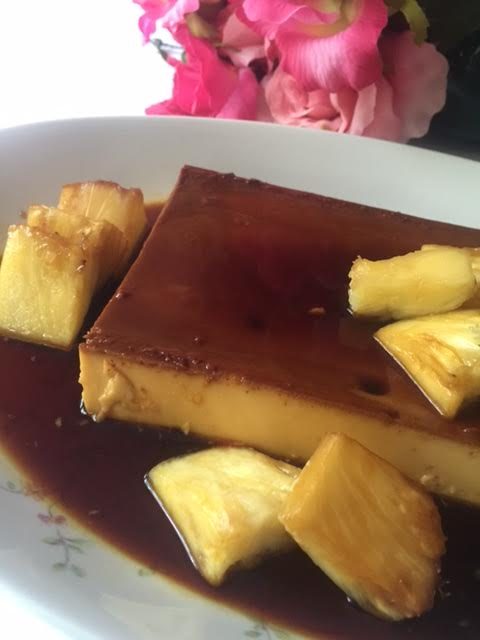
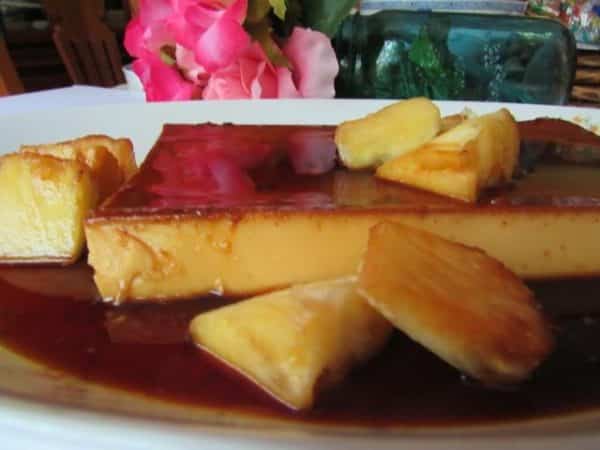
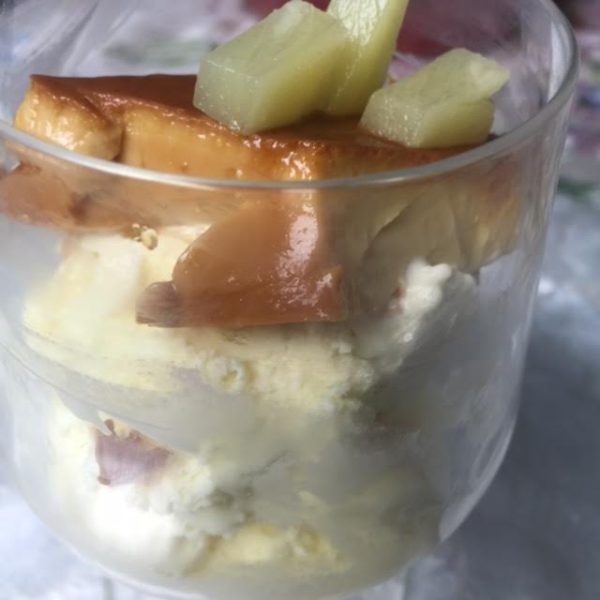
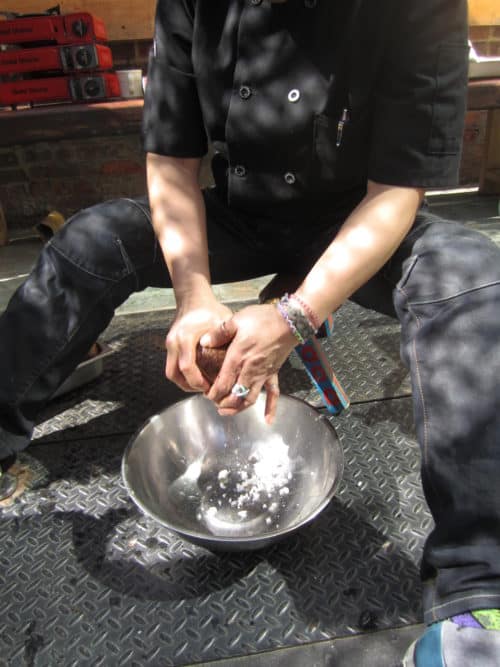

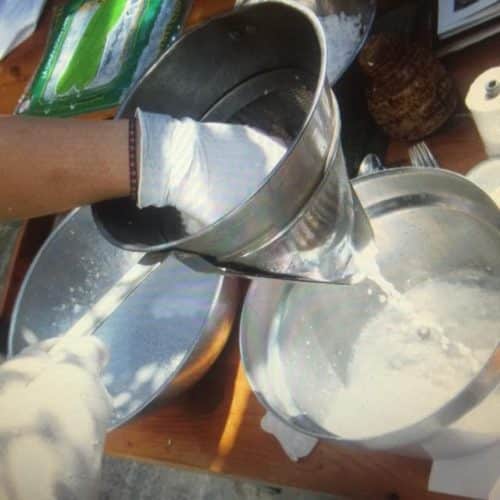

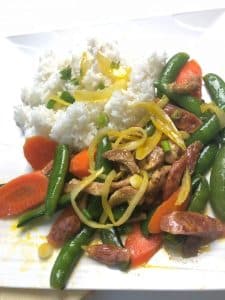
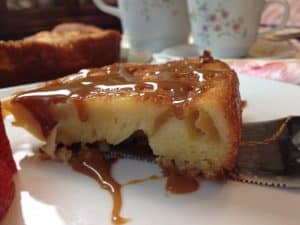
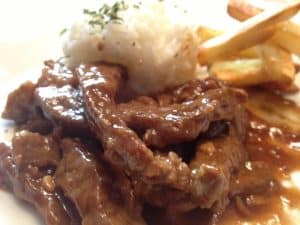
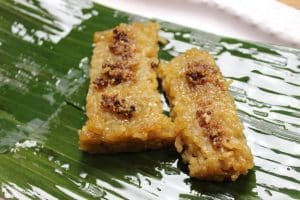
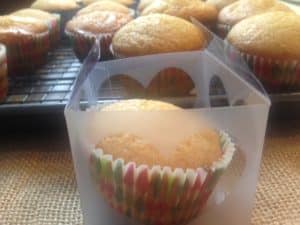
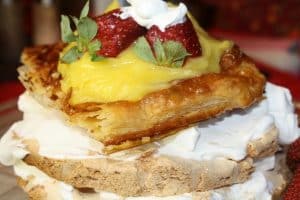
What lovely memories of your childhood! I’ve made coconut flan, but I think pina colada flan sounds even better!
Thanks, Liz. It’s all gone now as we speak. Try it on ice cream — it’s divine 🙂
That is simply gorgeous!
Thanks, Constance. Flan is always a breathtaking to behold and yummy 🙂
I love flan but never tried making it. That is going to change, now!
Thanks, Cindy. Glad to share the flan-love with you 🙂